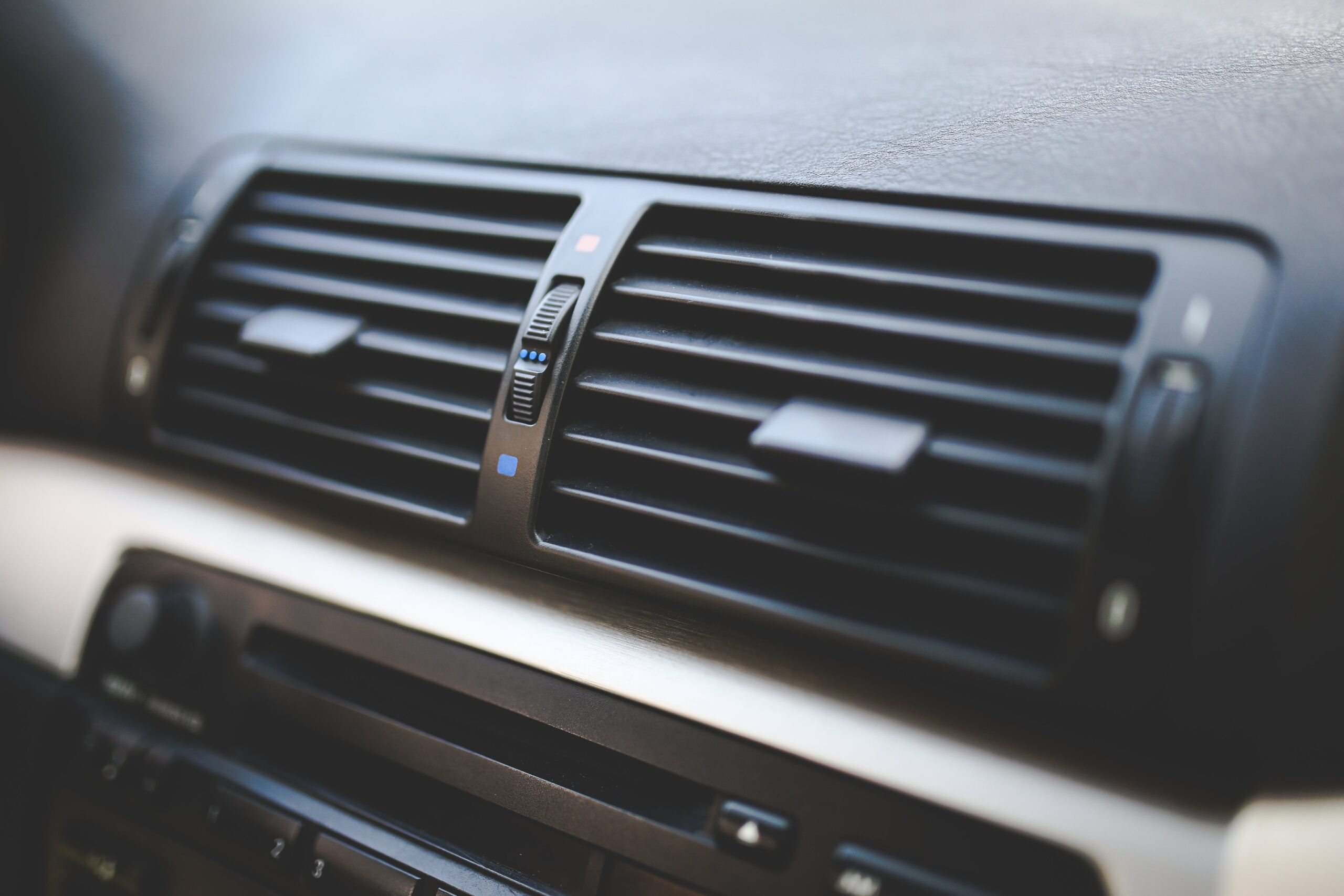Electric driving exploded into the public consciousness a few years ago, and more and more electric cars are seen on the roads.
And while they look like their combustion engine counterparts, these cars differ in many ways inside. Some of these, however, remain invisible to average users, but even to professionals.
The ‘foam-light’ solution
The big advantage of electric vehicles is that they are much quieter than combustion engine cars with low emissions. Quiet operation is both an advantage and a serious challenge for the automotive industry. This is because a number of problems had to be solved in recent years that have so far not been particularly addressed by most car factories or automotive suppliers.
No engine noise
There is no engine noise in an electric car, so cabin insulation is a more important consideration. This can and should be done at several sections of the system. On the one hand, the engine compartment must be insulated, and on the other hand, since there is no engine noise that suppresses other sounds, the insulation tasks must be extended to new areas.
Air duct insulation
Insulation of the air duct (HVAC, Heating, ventilation, and air conditioning) is a particularly important factor because, during cooling-heating, the operation of the air conditioning fan makes noise, which can be especially loud due to the lack of engine noise. The goal here is to break down mostly the high-frequency sounds and reduce energy loss.
Noise and rattles generated by the fan are often reduced by closed-cell foams, of which Trocellen is the leading developer and manufacturer in the global market. The advantage of closed-cell foams over open-cell foams is that they do not absorb water, so they are not so prone to fungus and mold. It also has good insulation ability and also reduces energy loss.
Few know, but by insulating the air ducts, a weight reduction of up to 75% can be achieved if the right foam is used for the task. Compared to other plastics, foamed polyolefin products provide significant weight reduction in cars, as well as providing excellent thermal insulation and good sound insulation. Of course, the same feature is not only useful for the air duct but also for the insulation of the doors or the engine compartment.
Increase range with insulation
One of the cornerstones of the proliferation of electric cars is that their range is much shorter than that of their explosive-engine counterparts. Insulation can also be a great help in increasing the range. This is because thermal insulation correlates with minimizing energy loss, meaning that the less you have to heat or cool your car, the more you can save battery power.
Since some of the energy should not be used for cooling and heating with good insulation, this excess can also be used to increase the range. Of course, insulation alone cannot increase the range by leaps and bounds, but it is important.
Water and sound insulation
In addition, more and more electric cars have some kind of roof window panoramic roof. When insulating the roof panel, comfort can be increased by adding foam insulation to the roof window, which not only insulates the sound but also has a waterproofing function.
Trunk and acoustics
In the case of the luggage compartment, insulation is usually placed above the wheel drum or under the upholstery. These are usually assembled, laminated, and integrated with other products to make complete carpet systems.
Foams can also be used for insulation tasks in other acoustic areas. Mainly thin closed-cell foams also appear in the speakers during insulating and sealing functions. In addition, thin foam self-adhesive seals are also being used in more and more cars that were previously only available in the premium segment.
Here, in addition to duct insulation, separate insulation of the body, doors, windows, and skylights should be considered. The goal at these locations is to prevent the transmission of generated noise. The various foams are particularly suitable for this, and the cushioning can increase comfort.
One of the best-known foam manufacturers in the global automotive market is Trocellen, which also produces foams for BMW, Daimler, and the Volkswagen Group.

